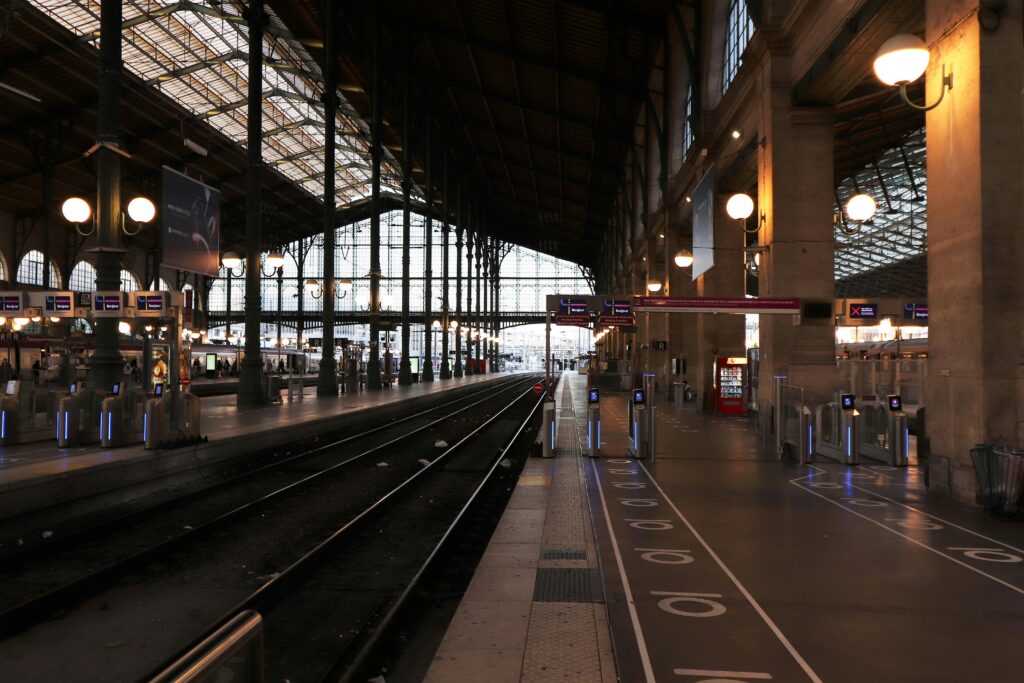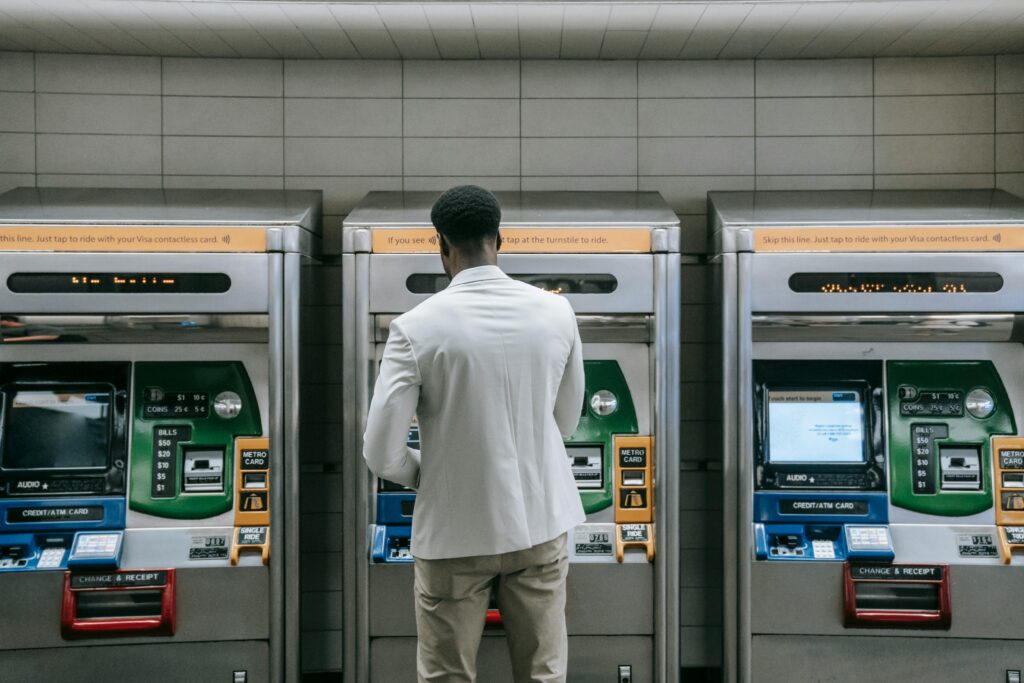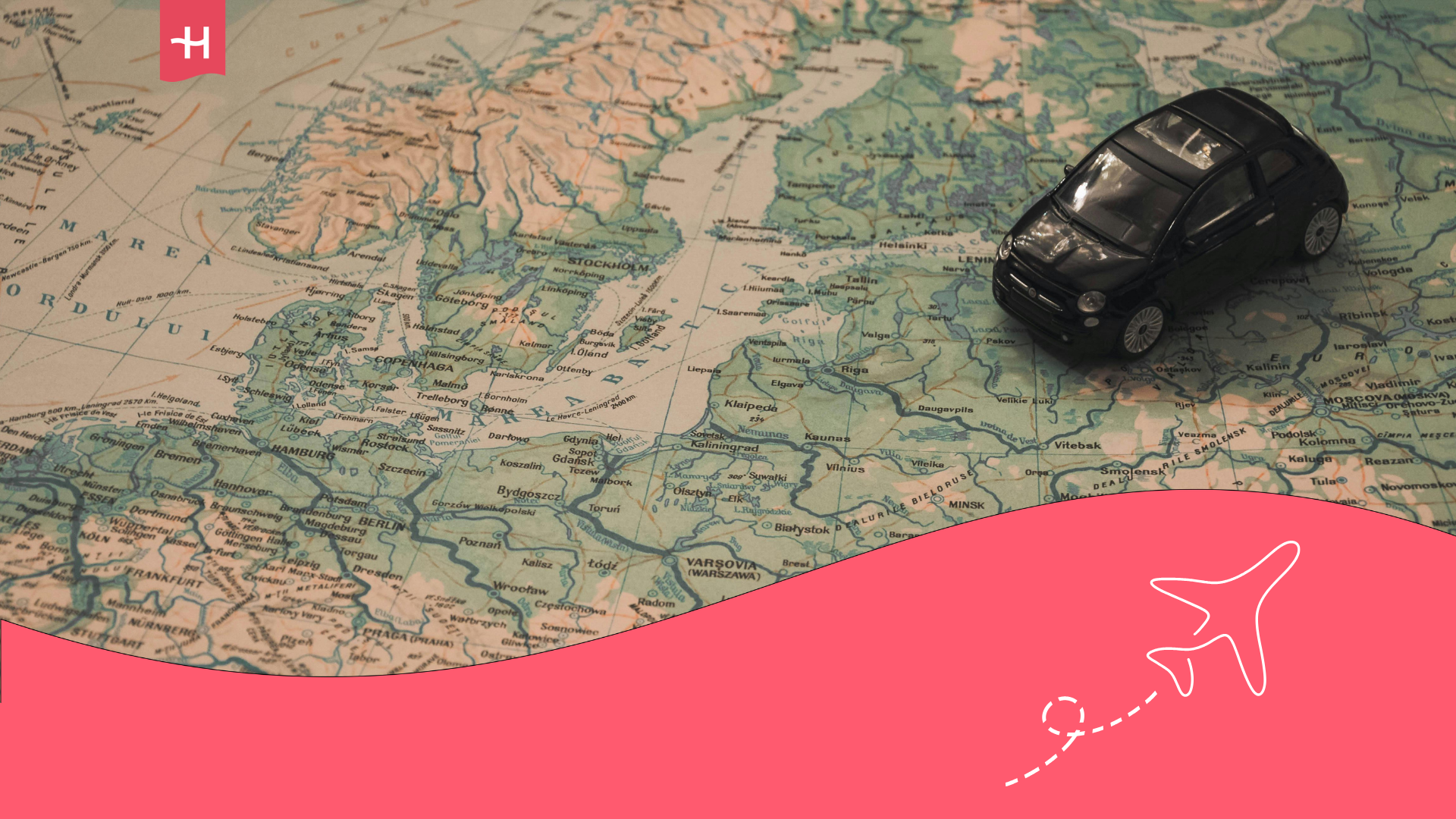Train travel in Europe: A complete guide for 2025
Confused about how to travel in Europe by train? This guide helps you figure out the practicalities like choosing your routes, booking your tickets, and storing your luggage.
Whether you’re backpacking across ‘the old continent’ or just want to take in as many cities as possible during your short getaway — trains are the best way to travel in Europe.
For one thing, mainland Europe has a very well-connected rail network that includes 33 countries and 40,000 stops. It’s also an environmentally friendly (and cheaper) alternative to flying.
Even better, you will get to visit some of the most beautiful cities in Europe and go on scenic train journeys. Let’s quickly go over how Europe’s rail network works, and how you can choose the best travel options.
How to travel by train in Europe
Figuring out public transport, particularly in a foreign country, can be quite challenging. So let’s start with some pre-trip tips for train travel in Europe.
Understand train types and ticket reservations
The first step is choosing your route. Some factors to consider include travel time, budget, stopovers, and seat reservations.
For instance, high-speed trains, like the Eurostar between London and Paris, are expensive but significantly reduce travel time. Regional trains, on the other hand, are slower but often more scenic and budget-friendly.
Most high-speed international trains in Europe require you to reserve a seat. In some cases, you can reserve one when buying your ticket online. At other times — like if you have a travel pass — you’ll have to reserve your seat separately before your trip.
So check each train’s reservation requirements beforehand. And if reservations are not required, be sure to arrive early, as seats fill up quickly during peak times.
Travel tip: Maximize your time in Europe by booking a NightJet overnight train, which lets you sleep during the journey and wake up in a new city ready to explore. Remember to book well in advance—tickets can sell out as early as six months ahead.

Book your train tickets
You can either buy your European train tickets online or at the train station. Both come with their own advantages.
If you buy online, you can lock in a lower price. Plus, you’re guaranteed a seat during peak seasons. On the other hand, currency conversion fees (if you’re paying with a credit card) can add to your train fare, and cancellations can be costly.
If you’re uncertain about your travel plans, purchasing tickets directly at the station offers flexibility. Plus, station staff can also advise you on the most suitable routes.
However, they’re costlier, and available seats might be limited, especially during peak travel periods. When it comes to the ticket type, you’ll find three options:
- Non-flexible: They’re the cheapest and can’t be exchanged or refunded.
- Semi-flexible: You’ll need to pay a fixed fee for date changes or cancellations.
- Fully-flexible: The most expensive option, here you can cancel your ticket or change the date of departure without paying any added fee.
Popular train routes in Europe
When traveling in Europe, some train journeys are sure to be an unforgettable experience. Most high-speed European trains offer a comfortable journey with air-conditioning, ample legroom, luggage storage, and even onboard cafés.
While some trains provide WiFi, the speed and reliability can vary. If you’d prefer more reliable internet, we suggest getting an eSIM for Europe. They’re easy to set up and have day-wise data plans — a lot more flexible when compared to physical SIM cards.
Travel eSIM providers like Holafly offer great benefits such as unlimited data, 500 MB of data tethering, and more — ideal for travelers everywhere, including those searching for an eSIM for Europe from Australia. It’s also perfect if you plan to travel Europe with iPhone, since setup takes only a few minutes.
If you’re using an iPhone from the United States, unlock it so it’s eSIM-compatible. Now, back to our favorite train routes.
Paris to Amsterdam
A Eurostar train ride from Paris to Amsterdam typically takes around three and a half to four hours. And depending on how far in advance you book your tickets, the fare can be as low as $35 USD (€30). Trains usually depart from Paris Gare du Nord and arrive at Amsterdam Centraal.
If possible, reserve a window seat. You won’t want to miss views of:
- The French countryside, with its rolling hills and golden sunflower and wheat fields
- The picturesque landscapes of Belgium, with its flat fields and quaint villages
- The iconic canals in Amsterdam that run parallel to the train tracks

London to Edinburgh
This is one of the most popular train rides in the world. The journey usually takes around 4 hours and 20 minutes, and trains run every 30 minutes during peak times.
You can book your tickets up to six months in advance. At its lowest, the standard fare costs around $41 (£32.80).
First-class tickets are around $100 (£80.60) on LNER trains. A cheaper alternative is LUMO, a budget-focused operator with a single class that usually costs $25 (£19.90).
Keep an eye out for both the English and Scottish countryside — you might even be able to catch some great views of Scotland’s Northumberland National Park and the iconic Edinburgh Castle that sits atop Castle Rock.
Rome to Venice
What’s better than two of the most beautiful cities in Italy? Traveling between them via scenic trains.
Around 70 trains run between Rome and Venice every day, and if you pick a high-speed train, the journey takes only three and a half hours. The fare for high-speed trains like Italo is around $90 (€80). Fares for slower, regional trains start at $24 (€22.90).
Bring your own snack if you’re traveling by regional trains — the ride can last anywhere from four to seven hours.
Keep your cell phone (or camera) ready to take photos of the Roman vineyards, the Apennine Mountains, and the hilltop towns of Castelli Romani.
Berlin to Prague
Air-conditioned trains — complete with a restaurant car — run between Berlin and Prague every two hours, and advance-purchase fares start at $19.50 (€18.99) in second class and $30.80 (€29.99) in first class. You can also do a stopover at Dresden and stay there for up to 48 hours at no extra cost.
And if you reserve a window seat, you can witness the shift from the Berlin cityscapes to Elbe’s winding riverbanks, the Saxony countryside, and finally, Prague’s historic architecture.
Madrid to Barcelona
Connecting two of the most iconic cities in Spain, the Madrid to Barcelona train will take you through the Spanish countryside, giving you glimpses of charming towns like Calatayud and Zaragoza in the Aragon region.
Around 41 high-speed and regional trains run daily. If you book in advance tickets start at around $37 (€34). Last-minute purchases are slightly more expensive at about $49 (€45), and first-class tickets range from $138-$160 (€130-€150) depending on how early you book them.
Where to buy train tickets in Europe
When planning train travel in Europe, you might have a few questions about buying tickets. While Europe has a variety of train operators, many countries have national rail services that collaborate with each other, making booking tickets easier than it might seem.
Language barriers are rare, as most ticketing websites and machines offer an English option.
Here are some practical tips to help you navigate the process smoothly.
Online ticket options
For inter-city travel, each country has its own national railway operator, and their official websites usually have the cheapest deals, especially for high-speed trains and international routes.
You can also use third-party services like Trainline, Omio, and Rail Europe if you’d like to compare train schedules and fares from multiple operators.
However, they might charge an additional service fee. On the other hand, there are high chances of finding coupons or promo codes for discounts when purchasing a ticket via these sites.
Buying tickets at train stations
Another option is buying tickets at ticket counters or self-service machines in train stations across Europe. The machines offer multiple languages and accept foreign credit cards — but if you have cash on hand, you can pay in local currency to avoid the conversion charges.
However, on-the-day tickets cost more — up to two or three times more than advance purchases — and may not guarantee a seat during high season or on popular routes.

Using rail passes
If you have an extensive travel itinerary that includes taking multiple high-speed or cross-border trains, you’ll benefit from the discounted fares from Europe’s rail passes.
You can buy these via a travel agency or official website to get unlimited train trips across multiple countries within a specified period.
Some trains might also require you to reserve your spot even if you have a pass, so check beforehand. Also, make sure to check your travel plans to see if the cost of the pass justifies the expected savings compared to purchasing individual tickets.
Especially as many high-speed trains and popular routes require reservations (at an additional cost), even if you have a Eurail Pass.
Types of European train passes
If you want to travel in Europe by train, then you need to know about the two popular rail passes — Eurail and Interrail — so you know how they work and when (or if) you should get one.
Eurail Pass
The Eurail Pass is perfect for travelers who aren’t European residents. You can get two passes — One Country which is limited to a single country and Global for unlimited train (and ferry) travel across 33 European countries.
The cost of your rail pass depends on two factors: first or second class and flexi or continuous. For example, a 15-day flexi pass comes with a two-month validity and costs approximately $553. But if you want to travel for 15 days in a row, you can opt for the Continuous pass which costs around $477.
It’s a great option for families as children under 4 can travel for free, and those aged 4-11 can travel at a discounted rate when accompanied by an adult with a valid pass.
People under 27 get 25% off and senior citizens get 10% off. However, seat reservations aren’t included in your Eurail Pass and you’ll need to pay an extra $10-$20 depending on the train — domestic, international, or sleeper trains.
Eurail passes are available both in paper or digital form. Both need activation within 11 months from purchase. You can do this using their Rail Planner app. Not activating your card can result in a $205 (€200) fine.
Interrail Pass
If you’re an EU resident, get an Interrail Pass. It’s valid across 33 countries. While it offers similar benefits to the Eurail Pass, like discounted fares for children, young adults, and senior citizens, it’s slightly cheaper than the former.
For instance, the Eurail 15-day flexi ticket (second class) costs $436 while the Interrail one costs $415.
However, the pass is not valid in your country of residence — you’ll need to purchase separate tickets for domestic train travel.
Travel tip: Read up on passenger rights to know when you’re entitled to refunds. In some cases, if your train is delayed by more than 60 minutes, you may be entitled to compensation.
Luggage restrictions for European trains
Another important consideration when you travel by train in Europe is managing your luggage. Here’s what you need to know so you can pack right.
Luggage size and weight limits
Most regional European trains don’t have luggage size or weight limits. All they ask is that you be able to manage your bags as storage can be limited, especially when the trains are packed.
Some high-speed ones, like Eurostar trains, have specific restrictions which allow only three bags per person.
If you have extra luggage or your bags are oversized, then you can email the rail operator for extra storage space.
Some rail operators also charge extra for large sports or music equipment, so check their website beforehand.
Storing luggage on board
You can store smaller suitcases and bags on the overhead racks. You’ll find larger racks at the ends of each train car where you can store larger suitcases and backpacks.
However, unlike flights, train storage isn’t the most secure, so keep valuable items in a bag close by, either in the overhead rack or under your seat, so you can keep an eye on them.
Travel tip: If you’re planning a mini-stopover, rent a left luggage locker to store your bags — it costs around $10-$15 per day.
Some final tips before you start your European train trip
Whenever possible, book your tickets online (and in advance) to save time and money and confirm your seat.
If you’re planning multiple train journeys, make sure to pack light so you don’t have to lug your luggage around.
Reliable mobile internet is another thing you must sort out before your trip to ensure you can use your phone in Europe with peace of mind. You’ll need it for everything from seat reservations to ticket validation, so make sure to get a broad-coverage eSIM — like Holafly’s eSIM for Europe — for seamless connectivity all over Europe.





 Language
Language 


















 No results found
No results found













